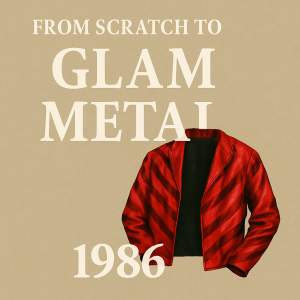Rock Sheet Music: Glam Rock Retrospective (Part 2)
The years 1973–74 marked a turning point for Glam Rock. Musicians embraced more elaborate costumes, theatrical stage shows, and experimental musical directions. Though the genre remained on the fringes of mainstream culture, its visual and sonic influence continued to evolve—and pave the way for the next wave of musical revolutions.
On February 28, 1973, T. Rex released Tanx and the popular single 20th Century Boy. The album leaned into a pop-rock direction, though by then, the band’s peak had passed. Still, 20th Century Boy gained renewed life as it was covered by bands like Def Leppard, Girlschool, Placebo, and R.E.M.

On April 13, David Bowie released Aladdin Sane, continuing his Ziggy Stardust character with a sharper pop edge tailored for the U.S. market. His close relationships with Lou Reed and Iggy Pop further influenced his evolving style and public image.

In October 1973, Bowie followed up with Pin Ups, a covers album aimed at American audiences. Producer Ken Scott described the album as a dramatic departure from the original Bowie. While recording, he also covered White Light/White Heat by The Velvet Underground, though it remained unreleased.

Roxy Music’s For Your Pleasure, released March 27, 1973, became their most critically acclaimed early work. More rock-centric than other glam acts, the band took a creative turn after Brian Eno’s departure later that year. Their next album, Stranded, came out in September.
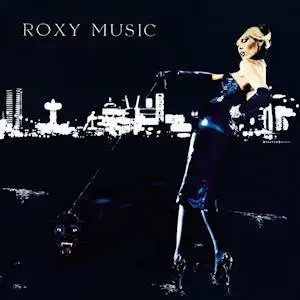
That same September, Slade released Sladest, a greatest hits compilation that topped the charts. Their holiday single Merry Xmas Everybody soon followed, cementing their legacy in British rock history.
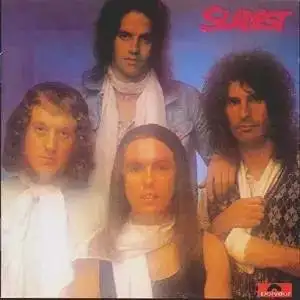
On May 24, 1974, David Bowie released Diamond Dogs, a dystopian concept album inspired by Orwell’s 1984. Though widely considered a precursor to British punk, it failed to win over American critics. Bowie soon moved to the U.S., transitioning to soul and funk influences.
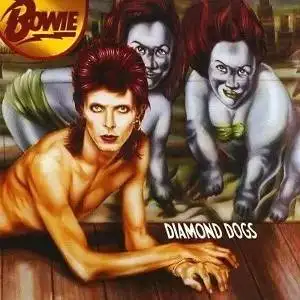
In February 1974, Brian Eno’s solo debut Here Come the Warm Jets retained mainstream structure while incorporating his unique lyrical experimentation.
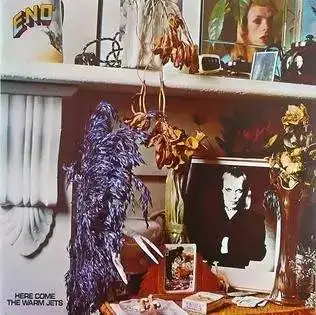
Later that year, Eno released Taking Tiger Mountain (By Strategy). Inspired by a Chinese revolutionary opera, it drew more attention for its political commentary than for its music.
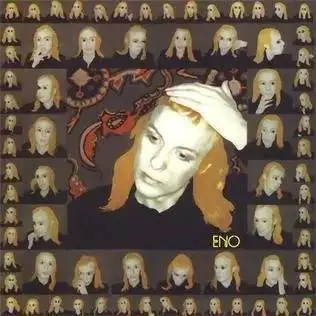
On September 15, 1974, Roxy Music dropped Country Life, their second album post-Eno. With a more focused rock identity, they successfully broke into the American market.
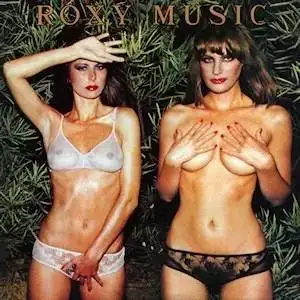
Slade’s Old New Borrowed and Blue, released February 15, 1974, showcased broader musical experimentation. That same year, they starred in the film Slade in Flame and issued its soundtrack.
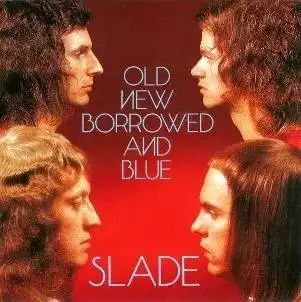
By 1975, Bowie began stepping away from Glam Rock. His album Young Americans introduced a soul sound he dubbed “plastic soul.” Though commercially successful, it alienated early fans with his drastic image shift and genre transition.
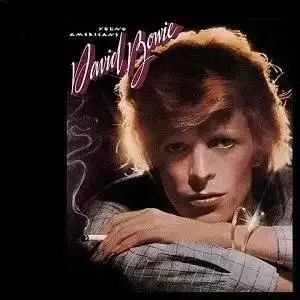
In September 1975, Eno released Another Green World, marking the birth of ambient music. Though critically acclaimed, the album saw modest commercial success.
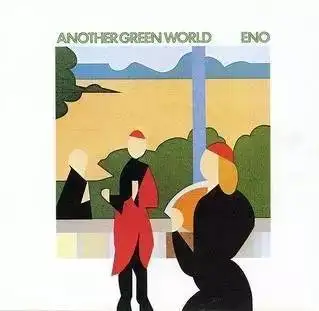
Former Glam Rock band Steve Harley & Cockney Rebel released The Best Years of Our Lives in May 1975. The album performed well, though the band had already distanced itself from the glam movement.
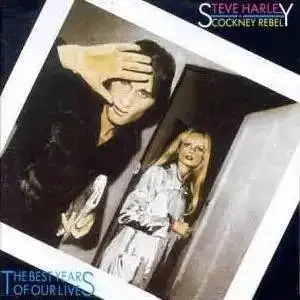
Roxy Music continued their rise with Siren in October 1975. But by 1976, Glam Rock had waned. T. Rex’s influence faded, and frontman Marc Bolan tragically died in a car accident in 1977. Roxy Music disbanded after releasing Viva! and completing their tour.

In 1978, Roxy Music reunited, releasing Manifesto and later Flesh + Blood in 1980. These works leaned more toward disco. Their 1982 album Avalon revived memories of their golden era, and they disbanded again after the tour. In 2001, the band reunited for a 30th anniversary tour. Brian Eno did not join, and they have since focused on commemorative performances.
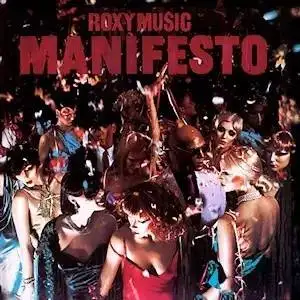
Slade's post-glam journey saw ups and downs. Following their U.S. tour in 1975, they nearly disbanded until a last-minute performance at the 1980 Reading Festival revived interest. The resulting live album Live at Reading and the compilation Slade Smashes sparked a comeback.
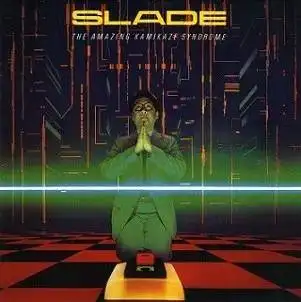
In January 1981, they released We’ll Bring the House Down, signaling a shift into heavy metal. Albums like Till Deaf Do Us Part (1981) and The Amazing Kamikaze Syndrome (1983) followed, though success was limited. Interestingly, Quiet Riot’s covers of their early hits rekindled some fan interest.
Slade marked their 26th anniversary with a 1991 concert, releasing Wall of Hits. Internal tensions stalled new projects, but Dave Hill and Don Powell later revived the band as Slade II in 1993. Though the lineup has shifted, the band still performs today.

As for Bowie and Eno, their Glam Rock years were just the beginning. Their influence, experimentation, and boundary-pushing artistry left an indelible mark on music history—and their stories continue in upcoming episodes.
FAQs
Q1: Where can I find authentic glam rock sheet music?
You can explore rock sheet music archives online that offer transcriptions of glam classics and concert versions.
Q2: Is it possible to learn glam rock songs through piano online lessons?
Yes! Many piano online lessons feature glam rock arrangements adapted for modern learners.
Q3: What’s a good place to start learning glam rock on piano?
Start with easy sheet music that provides clear piano notes, ideal for beginners who want to capture the glam energy without the technical challenge.



